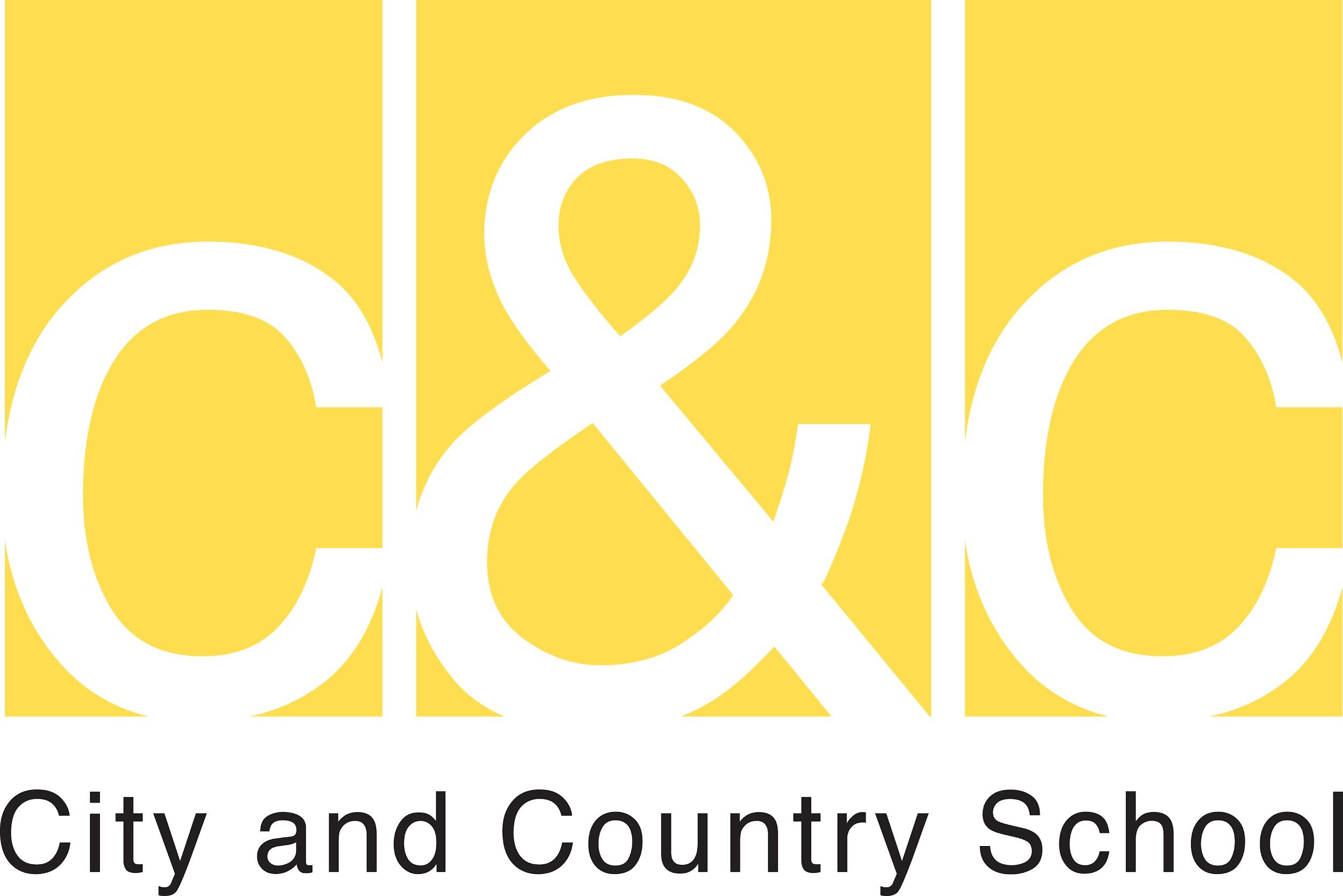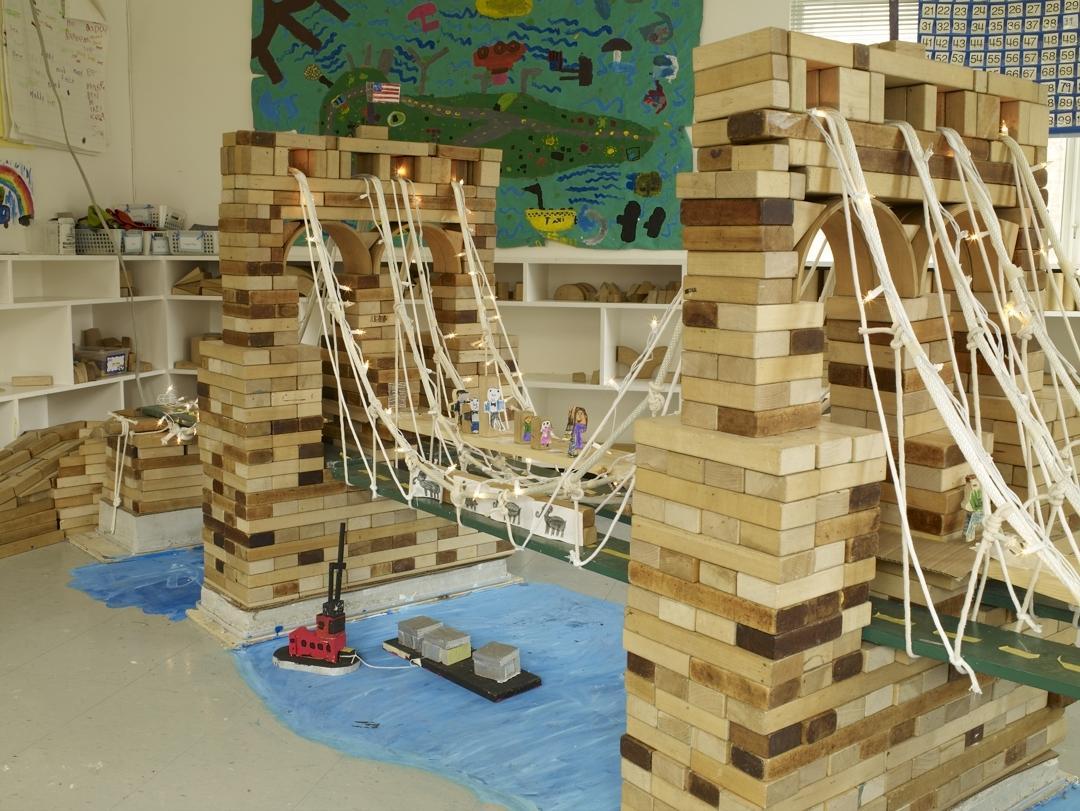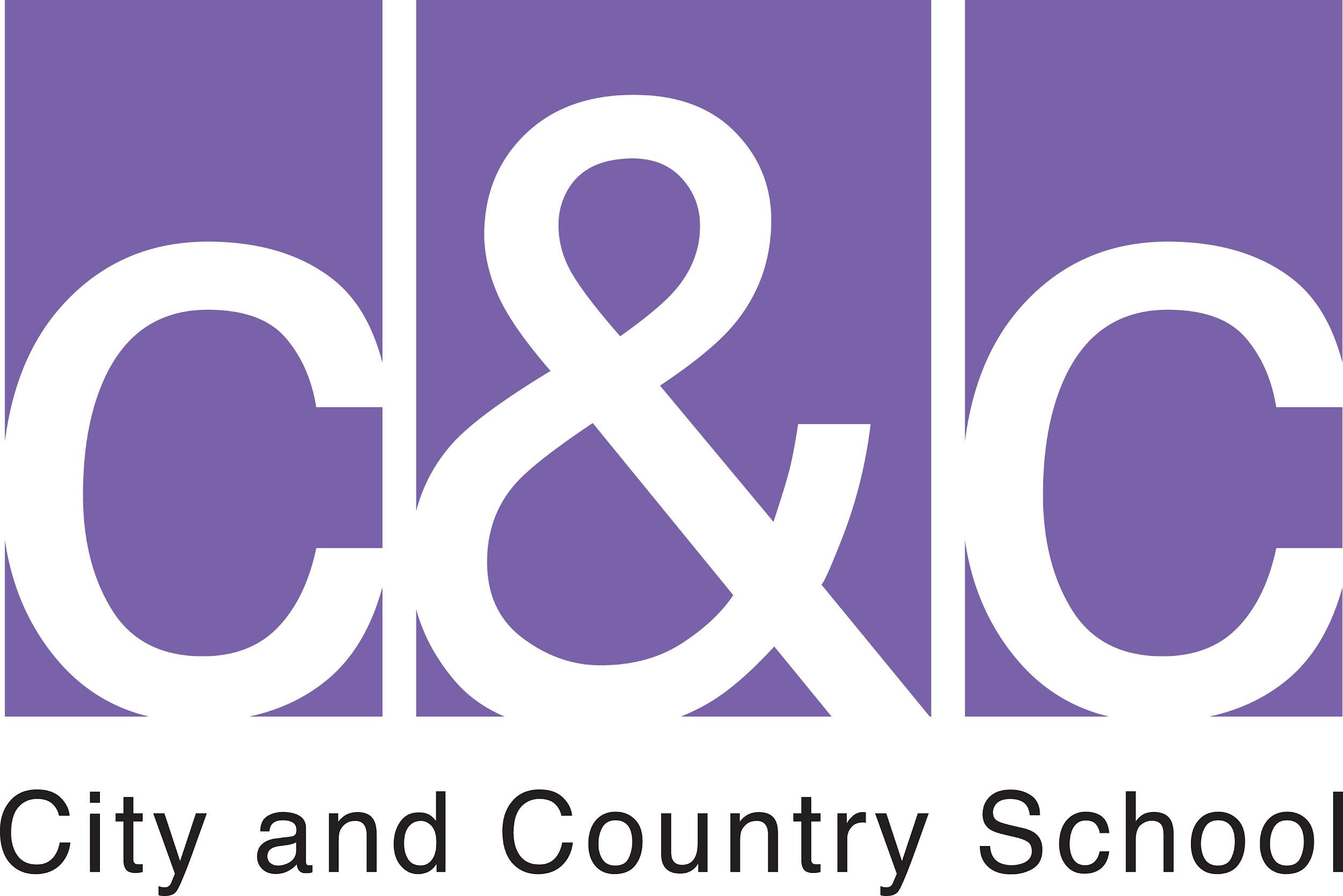C&C Admissions



There are many special qualities and benefits of a school, like C&C, that starts at nursery and continues through eighth grade.
The culture of a nursery-through-eighth-grade school is different from a school that extends through 12th grade. The oldest children, at 13 and 14 years of age—a vulnerable stage of adolescence—benefit from the authentic confidence that comes with being the oldest in the school, and our 13s consistently and intentionally take on leadership roles. And, without high school students to influence them to grow up too fast, their childhood can be preserved in healthy and sensible ways.
The youngest members of C&C have a rich, wide community to interact with, including older children as well as science, music, art, foreign language, and woodshop specialists.

A striking quality of City and Country is the fact that C&C's philosophy and practices are consistent across all age groups. This clear vision benefits the children as their work from one year to the next builds in a logical and powerful continuum.
The beauty of this span of ages all under one roof is that the children have room to grow in a safe, small community where they can become the “big thinkers.” They move from very young childhood to early adolescence and emerge resourceful, confident, and ready for the next step.
If we’ve done our job well, by eighth grade, the children have grown to understand themselves as learners and can play a big part in the decision of where to go to high school. They can consider such things as school size, philosophy, single-sex, coed, public, private, and quality of teacher relationships. At 14 years old, to be able to take responsibility for shaping your education is an empowering experience, and one that prepares children for the college selection process down the line.


Wooden unit blocks are one of the basic materials used daily by children in the Lower School at City and Country. C&C’s founder Caroline Pratt designed the first unit blocks in 1914 and they are now used the world over. Blocks offer children many diverse opportunities to express and solidify their understanding of the social and physical world in which they live. Through daily use of blocks, children learn to confidently articulate and solve problems, negotiate, and cooperate. These collaborations foster a vital sense of community.
Early childhood is an age of experimentation, discovery, and play, and blocks are the perfect tool for young children. Children create their own versions of familiar structures, from skyscrapers and apartment buildings, harbors and airports, to zoos and farms. Play with these constructions helps children process the information they learn about the world around them and share this information with peers. Working with blocks also allows children to explore and experience various math concepts, such as balance, weight, patterning, and design.
The blocks program provides the foundation for social studies in the 5s, 6s, and 7s Groups. The children work as a group to discuss and plan their work, and often keep their buildings up for several weeks. Small groups plan and build a structure that they research and refine. Other times, the entire Group works together on a specific building,
such as Grand Central Station or the Brooklyn Bridge. The children create a scaled construction that reflects their growing store of knowledge about the city, its history, and the interconnectedness of the world. Research skills are developed through field trips and use of the Library. During this process of social learning, children learn to work together, resolve conflicts, make compromises, and recognize the diversity of the world we live in.

Unit blocks are all fractional units or multiples of one another, and present many opportunities for learning math. Children experience number sense, symmetry and patterns, mapping and measurement, sorting and classifying, spatial orientation, multiplication, fractions, and geometry. Children internalize these mathematical concepts through repeated use of the materials. Geography, language arts, science, woodworking, and art are also integrated into the block program.
Unit blocks inspire creativity and enhance intellectual, physical, social, and emotional development. Block buildings become the backdrop for the development of academic skills, collaborative problem solving, vivid narratives, and powerful imaginative thinking, all essential tenets of a City and Country education.

City and Country’s Jobs Program provides an authentic context for experiential learning. Each Middle and Upper School group is responsible for a job that is essential to the running of C&C. The children expand and solidify their academic skills, while honing leadership, critical thinking, and problem-solving abilities. Because they are providing real services that meet real needs, the children develop confidence and pride in their work. The program instills a deep respect for the roles within a community, and teaches children to be responsible citizens. In this way, C&C becomes a little world where the children can be the big thinkers.
The 8s operate C&C’s post office, managing much of the School’s communication needs. Collaboratively, they create a name and logo for their business. They make mailboxes, organize supplies, design stamps, set price lists, and collect, sort, and deliver the mail every day. A retail kiosk gives the 8s the opportunity to interact with everyone at the School. The 8s practice a range of academic and social skills in a meaningful context.

The 9s run the school store, providing C&C with classroom and office supplies. They determine inventory, order and track products, and keep records of expenses and sales, while studying business concepts such as supply and demand, comparative pricing, consumer behavior, and customer service. This work complements their study of westward expansion and the general stores that were common during that time.
The 10s are the School’s sign makers, creating picture, hand-lettered, and digital signs that identify rooms and provide health and safety information throughout the buildings. Sign making parallels their study of the beginnings of language and written communication, and precedes their yearlong research of medieval society.
The 11s run the print shop, mastering the intricate workings of C&C’s two 1890s Chandler Price Treadle printing presses. The children learn how to do letter-press type setting and print school forms, stationery, holiday cards, poems, and a literary magazine. The 11s study the Renaissance in various cultures and how the invention of the printing press revolutionized communication throughout the world.

The 12s job as 4s’ assistants plays a central role in their development as accountable and compassionate people. This is an ideal partnership: both Groups benefit from the special relationship that evolves. After observing the 4s, the 12s write a paper on child development. The 12s work with the 4s in their classrooms and connect them with their grown-ups at dismissal. The 12s create and perform a play and write and illustrate a picture book for the 4s.
The 13s publish the school newspaper, a job that requires a broad understanding of the school community and the world at large. The children carry out their reporting responsibilities with integrity, fairness, and tact. The newspaper gives students journalism experience and offers them a way to reflect on their experiences at C&C. Students hone writing and interpersonal skills and also master design software to lay out the newspaper.

City and Country students prepare for formal study of Spanish by participating in the Spanish Infusion Project as early as the IIIs. The Spanish Infusion Project creates spaces that afford Lower and Middle School students early contact with written and spoken Spanish. The project’s authentic and dynamic environments nourish both native speakers and those just learning the language. A series of activities affirms the presence of Spanish as City and Country’s primary target language: In the cross-age exchanges, older students partner with younger groups to read to them in Spanish as well as teach vocabulary and songs; the Spanish Reading Marathon brings Spanish-speaking members of the community with their favorite picture books to Lower School classrooms; the language specialist makes regular visits to the younger groups; all-school elements like the Jobs Program and community Sing-Alongs often feature Spanish.
These foundational experiences support the formal language instruction that begins in the Xs and enables C&C graduates to place into High School Spanish II. To achieve this proficiency, the Upper School Spanish program develops listening, speaking, and reading skills, fosters verbal and non-verbal problem-solving abilities, builds basic vocabulary and conversational skills, and requires oral communication of information and ideas. The sequence culminates in critical responses to literature and film representative of Spanish-speaking societies, and effective writing in Spanish. Both of these outcomes focus on connections between native and non-native speakers, and allow for the infusion of Spanish into Social Studies content and the Jobs Program.
The Spanish classroom is, by nature, a window onto diverse cultures and experiences, and we hope always to accent this by offering a wide variety of perspectives. But our job does not stop in simply showing children a diverse world; we also provide the opportunity for them to view themselves through the language, regardless of their level of proficiency.
● Afterschool Sports (10s–13s)
● Debate (10s–13s)
● Private Music Lessons (all ages)*
* Indicates that there is an additional fee.


4s–7s:
Early Morning Drop-off
Monday–Friday, 8 a.m.–8:40 a.m. Small additional fee
8s–10s:
Morning Yard or Library
Monday–Friday, 8 a.m.–8:30 a.m. No additional fee
4s–7s:
● Extended Services meets in the afternoon from 3:00–5:45 p.m. Children have the opportunity to share after-school snacks, play quiet games, read together, work with art materials, and play in the Yard. This program requires an additional fee.
● Add-In Program: There are a variety of additional classes available after regular school hours. Examples of these offerings include: Exploring the Wonders of Earth, Yoga, Mandarin Chinese, Spanish for Native Speakers, and Chess. These programs require an additional fee.
● Private instrumental music lessons are available for children for an additional fee.
8s–13s:
● Afterschool takes place from 3:15–4:00 p.m. on Monday, Tuesday, Thursday, and Friday. This mixed-age group of children may choose from among Art, Science, Shop, Computer, Library, Yard, or Homework classes. There is also an after-school book group, as well as math support. Participation in this program is optional and there are no additional fees involved.
● Afterschool Add-In Program: There are a variety of additional classes available after regular school hours. Examples of these offerings include: Costume Illustration, Math Mysteries and Mayhem, Creative Sewing, Robotics, Mechanical Inventions, and Break Dancing. These classes require an additional fee.
● Aftercare is available on Monday, Tuesday, Thursday, and Friday from 4:00–5:45 p.m., and 3:15–5:45 p.m. on Wednesday. Children have the opportunity to work on homework, read, play quiet games, and play in the Yard. These programs require a small additional fee.
● Interscholastic sports and Debate are available for children in the 10s–13s. Team sports vary by season and include: basketball, volleyball, soccer, and ultimate frisbee. A running club is also active in the spring. No additional fee.
● Private instrumental music lessons are available for children for an additional fee.
City and Country Class of 2023: High School

The Bronx High School of Science
Brooklyn Friends School
The Dalton School
Ethical Culture Fieldston School
Franklin School (New Jersey)
Friends Seminary
Grace Church School
Little Red School House and Elisabeth Irwin High School
(LREI)
Millennium High School
The Packer Collegiate Institute
Poly Prep Country Day School
Trinity School
City and Country Class of 2019: College Decisions
Barnard College
Colgate University
Cornell University
George Washington
Harvey Mudd College
Loyola Marymount University
Northeastern University (2)
Northwestern University (2)
Oberlin College
Pitzer College
School of the Art Institute of Chicago
Smith College
Southern Methodist University
SUNY Binghamton
SUNY Utica Engineering
Syracuse University
The American University of Paris
University of California
Wesleyan University
